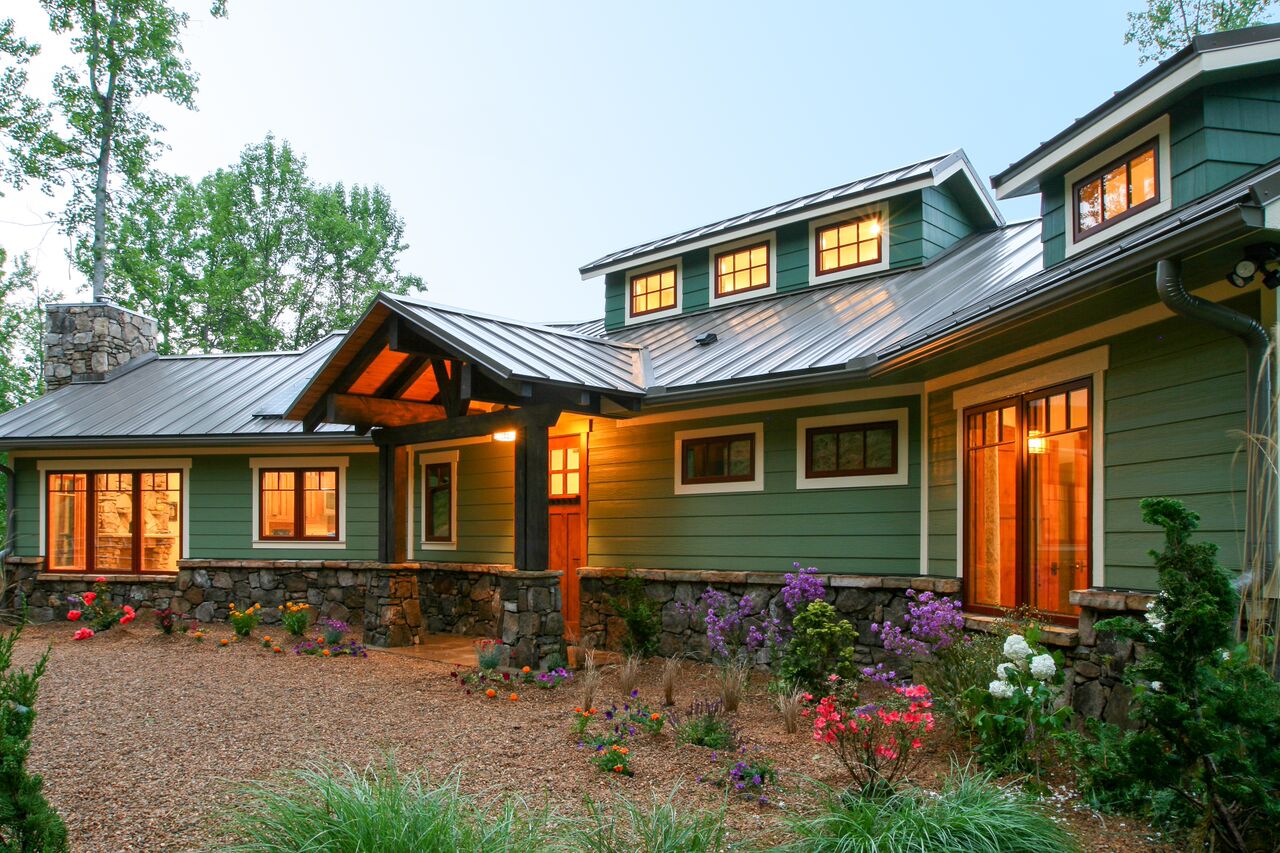Are You Meeting Minimum Energy and Ventilation Codes?
International codes offer a minimum level of quality, safety and health. It's common for state and local codes to adopt international level minimums slowly. There is currently a wide gap between international codes and local codes in the areas of energy efficiency and indoor-air quality.
Interpretation and enforcement of the building codes is complex. Code authorities have a tough job and need to focus on issues with legal histories. New homes not meeting important international code minimums, are more of a problem with industry standard practice. Energy use and indoor-air quality, with it's increasingly recognized health issues, have their own moral implications and legal risks.
These code minimums are equally important as insulation, fire and safety codes. They reduce homeowner's energy costs in the most effective manner and reduce indoor pollution. They include concerns of carbon monoxide from attached garages and the risks of appliances with indoor combustion.
North Carolina's three building climate zones. Green = 5 Yellow = 4 Orange = 3. Asheville and Buncombe County are in zone four. Elevation and wind exposure may benefit by shooting for higher zone minimums.
With the exception of window performance, energy codes, insulation minimums and ventilation requirements have remained largely unchanged across decades. Few industries have such lack of progress, despite common materials and techniques available for improvement helping reduce energy use and provide better health.


Current IRC is a better place to be
Local codes adopting 2006 and 2009 IECC (in IRC) minimums, missed important home performance benchmarks. 2012 and the more flexible 2015 codes represent a more healthy and cost-effective path.
North Carolina currently uses the 2012 North Carolina Energy Conservation Code. This code has some elements of the much improved IECC 2012 but is still largely based on the 2009 version. There are serious omissions, preventing some of the best practices that the new codes are trying to create and improve. Mandatory blower door testing and ignoring ASHRAE 62.2 for indoor air quality are the two biggest concerns.
North Carolina’s 2012 energy code is a step in the right direction. Wake County seems more serious about the code's enforcement and offers a good overview to some of NC residential energy code’s most important parts.
Notable 2012 NC Energy Code improvements:
 Windows: SHGC maximum .30 from .40. An easy adjustment reducing homeowner's cooling costs and peak demand hours of the electric grid. The more modest U-value reduction .40 to .35 is an easy code improvement for reducing heating costs.
Windows: SHGC maximum .30 from .40. An easy adjustment reducing homeowner's cooling costs and peak demand hours of the electric grid. The more modest U-value reduction .40 to .35 is an easy code improvement for reducing heating costs.
Mandatory Duct Blaster Testing. The best way to verify ductwork integrity. Reduces energy costs and improves indoor-air quality awareness and concerns.
75% Energy Efficient Lighting. Low hanging fruit reducing homeowner's energy costs and helping the electric grid.
Notable 2012 NC Energy Code omissions:
No outdoor-air ventilation requirements. Required in the IRC 2012, this is one of the most important improvements ever introduced for the health of our homes. ASHRAE 62.2 is our country's leading standard for better indoor-air quality, yet most local codes do not include it.
 Outdoor-Air Ventilation
Outdoor-Air Ventilation  Indoor Air Quality Understanding ASHRAE 62.2
Indoor Air Quality Understanding ASHRAE 62.2
Builders can ignore the blower door test minimum of 5 ACH50 by submitting an air-sealing checklist. Blower door test minimums are important for insulation effectiveness. It minimizes hidden mold growth in building cavities. It helps address indoor-air quality concerns from radon, attached garages and indoor combustion appliances. Until builders are regularly proving minimum airtightness of like designs, it's wreckless to ignore this diagnostic.
 What is a Building Envelope?
What is a Building Envelope?  The Blower Door Test.
The Blower Door Test.
5 ACH 50 is a weak, leaky result and we aren't even enforcing it. Including outdoor-air ventilation when renovating or building is not expensive and its critical for optimal health. Builders are starting to include these provisions and homeowners can use ENERGYSTAR to ensure performance. Cost-effective energy use and better indoor-air quality is easily obtained through current international level blower door and outdoor-air ventilation requirements as a minimum.
Springtime Builders is a custom home builder in the Asheville area, specializing in building science craftsmanship.
Posted in Indoor Air Quality

